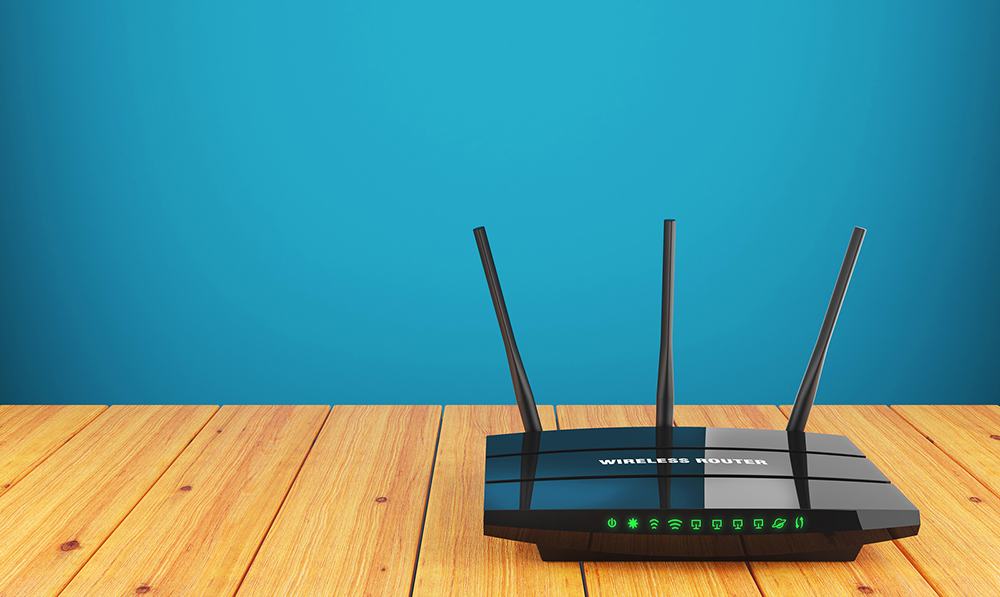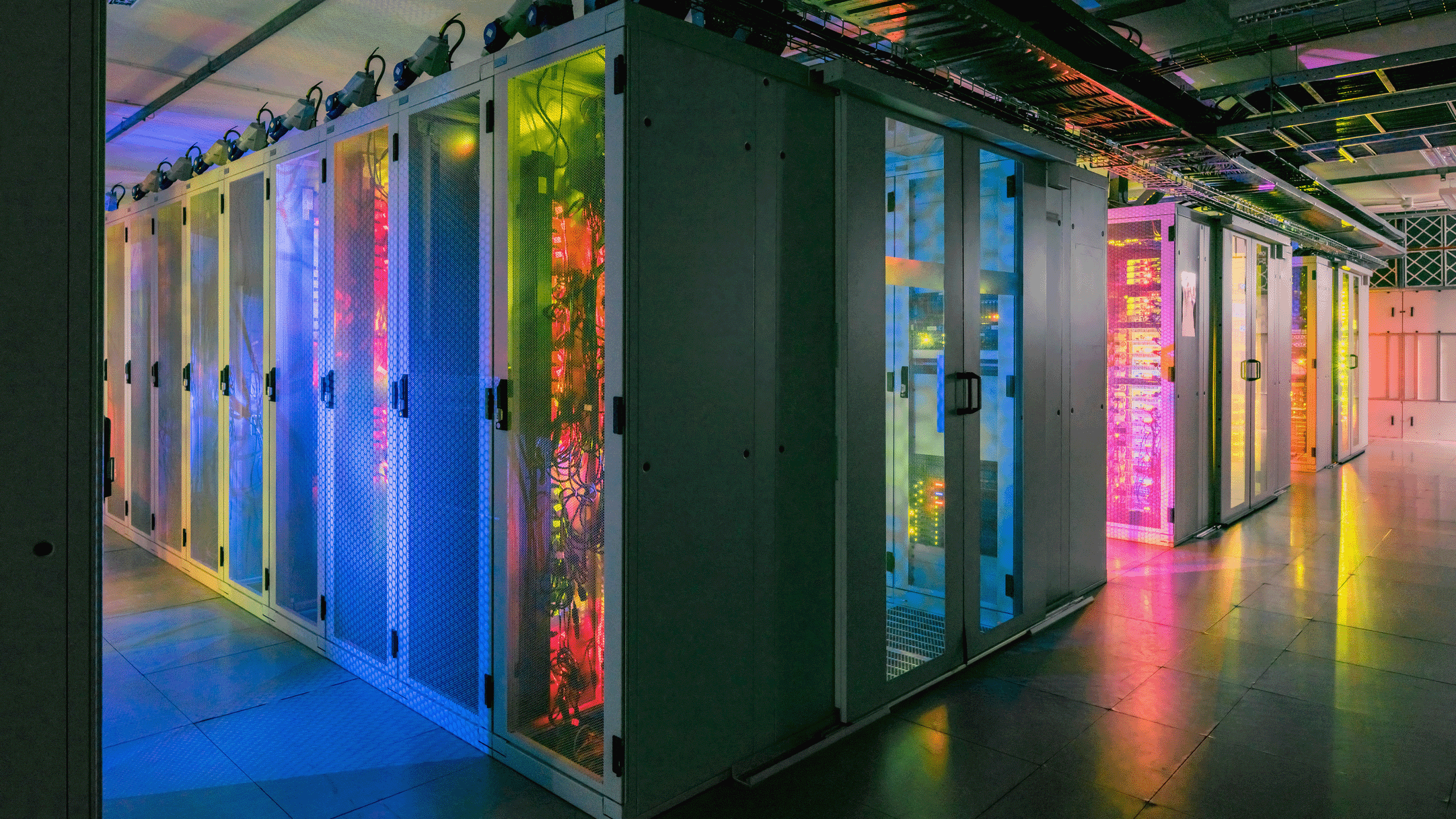Users advised to shift Wi-Fi band from 2.4Ghz to 5.0Ghz
The performance of 2.4GHz connections are weaker despite assumptions this band is better for range


Weak Wi-Fi signal and frustrating speeds could be the result of workers connecting their devices to the internet using a 2.4GHz band over a 5.0GHz band, researchers claim.
Connections via 2.4GHz bands are conventionally seen as the better option for users who prioritise the need for range, over absolute speed.
Tests by Australian broadcasting association Enex, however, found that 2.4GHz Wi-Fi performance is generally lower in both capability and range when compared with connections via the 5.0GHz band.
Furthermore, while 5.0GHz bands are thought to be more affected by obstacles such as walls or doors, most Wi-Fi devices on this band provided better data streaming than 2.4GHz Wi-Fi performance.
"The 2.4 GHz band is often promoted as a better choice for longer range communications. However, Enex's findings did not support this," the report concluded. "Operating in the 5 GHz band appears to be the best choice for consumers under all circumstances.
"The 5 GHz band also has the benefit of more recent technology developments which includes features such as directional beamforming and MU/MIMO (with up to eight antennas and multiuser sub-channels)."
The research found considerably greater levels of data throughput using 5.0GHz bands as opposed to 2.4GHz bands when testing 43 devices in small office environments.
Sign up today and you will receive a free copy of our Future Focus 2025 report - the leading guidance on AI, cybersecurity and other IT challenges as per 700+ senior executives
When testing at the closest distance of five metres, 30% of devices were unable to achieve rates of 100Mbps using the 2.4GHz band. For the 5.0GHz band, by contrast, most devices hit speeds above this threshold at five metres. When tested at 50 metres, the majority of devices performed badly, but connections via the 5.0GHz band yielded better results.
When tested through brick and plaster walls at the Enex facility, 2.4GHz connections also underperformed versus 5.0GHz connections.
Just 26% of devices using the 2.4GHz band were able to support data rates of more than 10Mbps over 25 metres. Around 40% of connections using the 5.0GHz band, however, were able to support data rates of 80Mbps or more.
Enex concluded there is a wide variation in Wi-Fi performance offered across a range of devices, and more expensive devices did not necessarily lead to greater performance.
Meanwhile, in many cases, significantly lower-priced devices outperformed many of the more expensive devices when tested in real-world scenarios.

Keumars Afifi-Sabet is a writer and editor that specialises in public sector, cyber security, and cloud computing. He first joined ITPro as a staff writer in April 2018 and eventually became its Features Editor. Although a regular contributor to other tech sites in the past, these days you will find Keumars on LiveScience, where he runs its Technology section.
-
 Is BESS the key to data center energy demand?
Is BESS the key to data center energy demand?In-depth Battery energy storage systems can evolve from a transitional solution to a core asset for data centers
-
 Salesforce announces huge partner program revamp with Agentforce 360 launch
Salesforce announces huge partner program revamp with Agentforce 360 launchNews Salesforce has announced the formal launch of Agentforce 360, a new platform designed to help channel partners drive recurring revenue through AI agents and applications.
-
 Salesforce launches a new streaming TV service, Salesforce+
Salesforce launches a new streaming TV service, Salesforce+News Software giant upgrades from YouTube channel in streaming TV bid
-
 Adobe Flash Player is officially dead
Adobe Flash Player is officially deadNews The software’s unprecedented capabilities shaped the way users interact with multimedia content
-
 Google Nest Hub is the first smart display to support Netflix
Google Nest Hub is the first smart display to support NetflixNews Google Nest Hub beats the Amazon Echo Show and Facebook Portal to the punch
-
 Netflix is making it easier to hide what you’ve been watching
Netflix is making it easier to hide what you’ve been watchingNews Now you can drop that movie you gave up on from your Netflix homepage.
-
 Microsoft is shutting down Mixer and teaming up with Facebook
Microsoft is shutting down Mixer and teaming up with FacebookNews The Mixer platform never took off, and Microsoft has seen enough
-
 Netflix donates $5 million to support black organizations
Netflix donates $5 million to support black organizationsNews Netflix’s goal is to create long-term opportunities for members of the black community
-
 Elliott Management to finance Eko's lawsuit against Quibi
Elliott Management to finance Eko's lawsuit against QuibiNews Eko claims Quibi stole its orientation-flipping tech
-
 YouTube fails to clarify whether reduced streaming quality will hit live events
YouTube fails to clarify whether reduced streaming quality will hit live eventsNews Businesses may want to reconsider using YouTube Live for streaming conferences